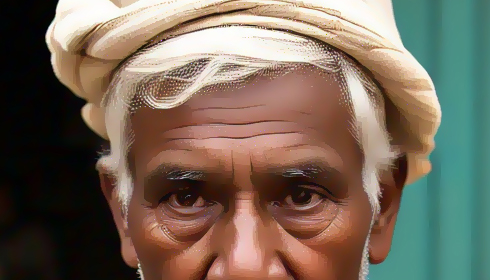
New Insight into Alcohol-Associated Hepatitis Brings Hope for Better Treatments
Alcohol-associated hepatitis (AH) is a devastating liver illness that poses a considerable risk to global health. Its most serious form, called severe alcohol-associated hepatitis (sAH), often leads to acute liver inflammation and a high risk of death. Despite several investigations, effective therapies for sAH are scarce. For many patients with severe illness, liver transplantation is the only option. This reality makes developing novel treatments for sAH a top priority in medical research.
In a recent editorial, Dr. Bin Gao and his team from the National Institutes of Health discussed the significance of IL-8+ neutrophils in generating sAH inflammation. The editorial summarised findings from several investigations, emphasising IL-8 signalling as a critical mechanism in the illness's progression. Neutrophils, a type of white blood cell, are critical to the immune system's function. In sAH, on the other hand, too many IL-8+ neutrophils enter the liver, making inflammation worse and hurting liver tissue even more.
IL-8 is a chemokine, which attracts immune cells to areas of injury or infection. Elevated IL-8 levels in sAH cause an excessive immune response, damaging healthy liver cells. Unlike other liver disorders, sAH has an unusually high concentration of IL-8+ neutrophils in the liver. This distinguishing trait makes targeting IL-8 signalling an appealing option for creating novel therapies.
Dr. Gao and his colleagues proposed many treatment techniques for lowering the detrimental effects of IL-8+ neutrophils. These include therapeutic antibodies that limit IL-8 activity, such as ABX-IL-8 and HuMax-IL-8 (BMS-986253). Additionally, researchers have discovered inhibitors of CXCR1 and CXCR2, receptors that mediate IL-8 signalling, and p38 MAPK inhibitors as potential therapy alternatives. These treatments may help decrease inflammation in sAH without harming other liver conditions.
While these treatments show promise, the authors cautioned against potential hazards. One main issue is that lowering the immunological response increases the risk of infection. To address this issue, Dr. Gao advised combining anti-IL-8 therapy with antibiotics or IL-22, a cytokine known to protect the liver. This combined strategy attempts to improve both safety and efficacy, resulting in a more balanced treatment.
Beyond sAH, studies have linked IL-8+ neutrophils to a range of illnesses, such as severe COVID-19 and liver cancer. This broader relevance highlights the potential of targeting IL-8+ neutrophils in a variety of inflammatory and cancer-related diseases. Developing drugs that target these immune cells has the potential to revolutionise the treatment of a variety of diseases.
Although the editorial did not present fresh experimental findings, it did provide a comprehensive overview of current studies. By focusing on IL-8+ neutrophils, the authors gave clear guidance for future research into creating targeted treatments for sAH. Dr. Gao highlighted the need for interdisciplinary collaboration among experts in molecular biology, immunology, and pharmacology to make substantial progress in treating this difficult disease.
The discoveries presented in this editorial represent a big step forward in understanding sAH and its underlying mechanisms. As researchers continue to investigate the significance of IL-8+ neutrophils, there is hope that novel and effective treatments may emerge. Addressing unmet medical needs in SAH patients has the potential to transform outcomes and improve quality of life for many individuals throughout the world.